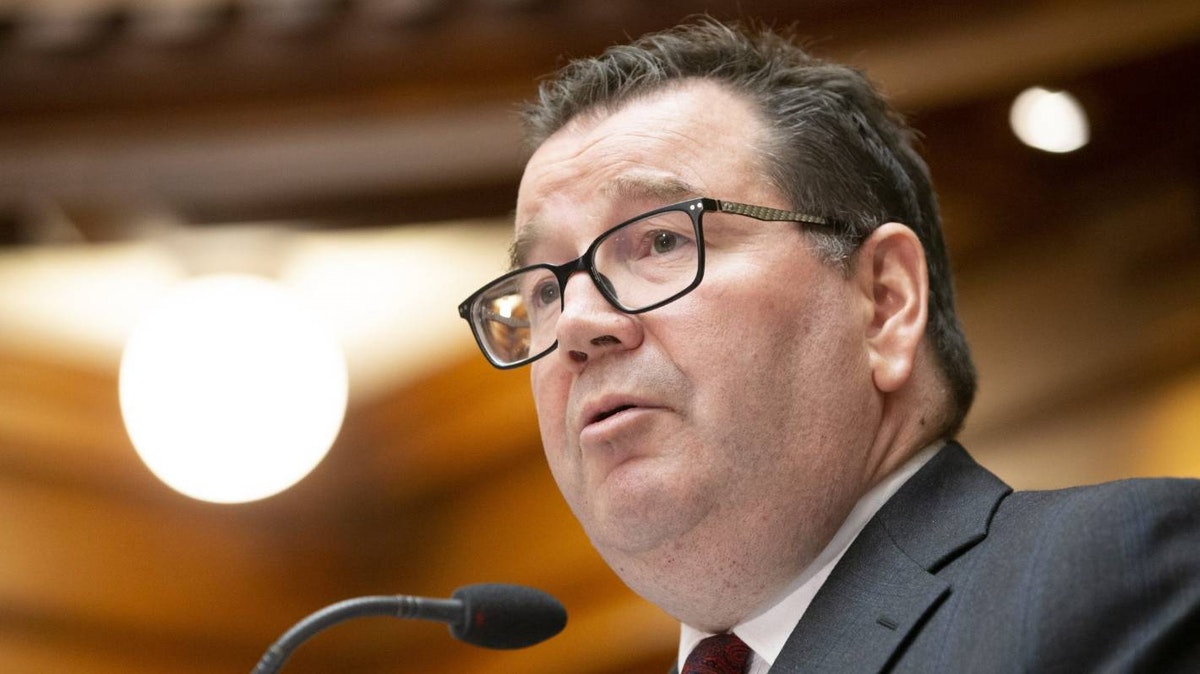More details have been released today about the SBCS Loan (Small Business Cashflow Scheme).
In case you missed our previous blogs, here is a quick overview and some updates:
- The loan is for small to medium size business owners, including sole traders and the self-employed, who have been adversely affected by COVID-19.
- In most cases, businesses can apply for a loan of $10,000, plus $1,800 per full-time equivalent employee, to a maximum of $100,000.
- The annual interest rate is 3%, from the start date of the loan, but you do not have to pay interest if the loan is fully paid back within the first year. Repayments are not compulsory in the first 24 months.
- The maximum term of the loan is 5 years and it must be paid back in full by 31 July 2025.
- To be eligible, your business or organisation must have 50 or fewer full-time equivalent employees and you need to be eligible for the wage subsidy scheme. You must have a plan for your businesses continuity and hold information on file to verify this.
- Applications open from 12 May 2020, up to and including 12 June 2020. Payment of the loan should be within 5 working days.
- To apply, you can send a secure message through your myIR account (your IRD login) and select Small Business Cashflow (loan) Scheme, or you can complete the ‘Request a call back form‘. Please note both of these options won’t work until tomorrow (12/05). For more details on eligibility and how to apply click here.
- The IRD will administer the payments and repayments of this scheme. If you are thinking of applying for this loan, we recommend you speak to us or your accountant first.
The reason why you should speak to us or your accountant first is because if you are short on equity, applying for this loan could affect your future lending situation with the bank. The reason I say this, is since the debt is through the IRD, I imagine it will legally rank right at the top when it comes to company receivership. Next time you go for core financing from the bank, they will take the IRD loan and the ranking of that debt into account when you apply for funding – and they may decline your new application if you are short in equity.
So in short, don’t sign up to the new loan scheme without thinking this through and looking at what your funding requirements are in the next couple of years. You will be reducing your future borrowing capacity. Ensure you have talked with us or your accountant about any lost opportunity with your bank moving forward.
